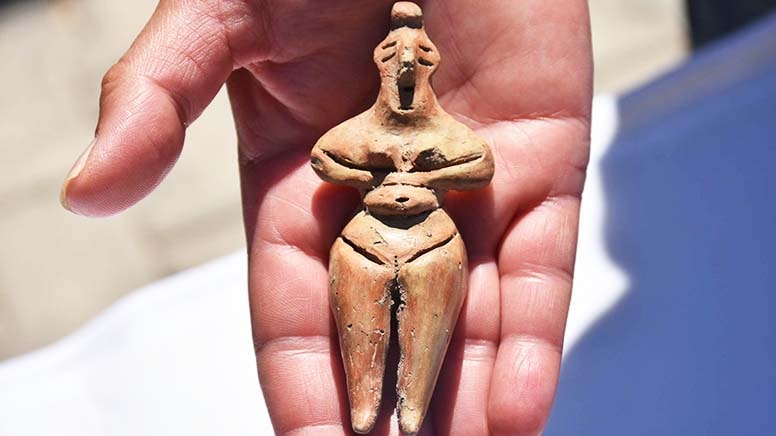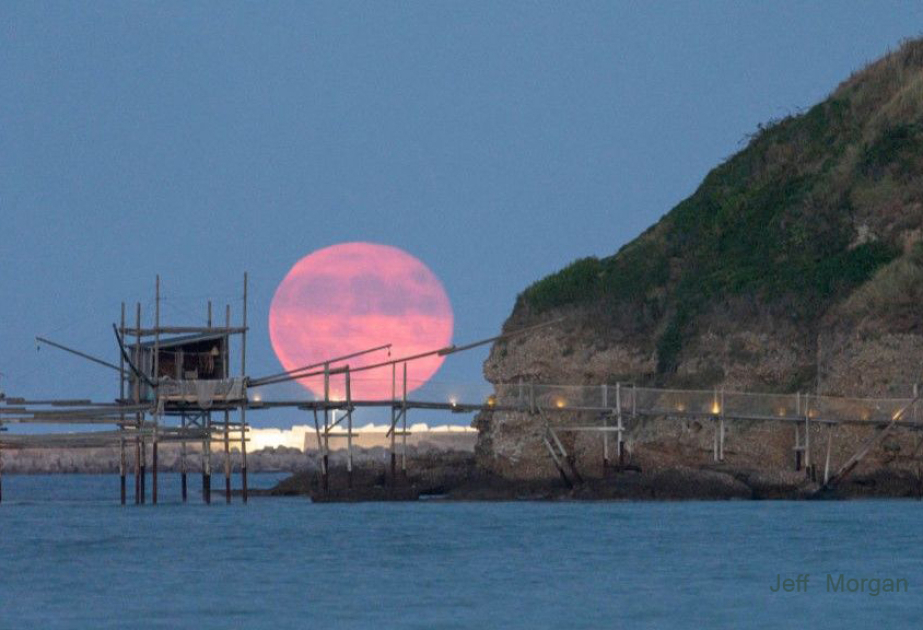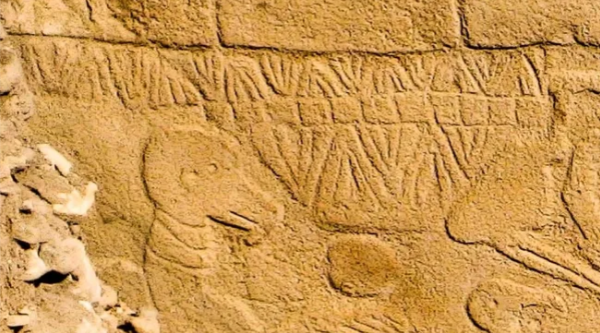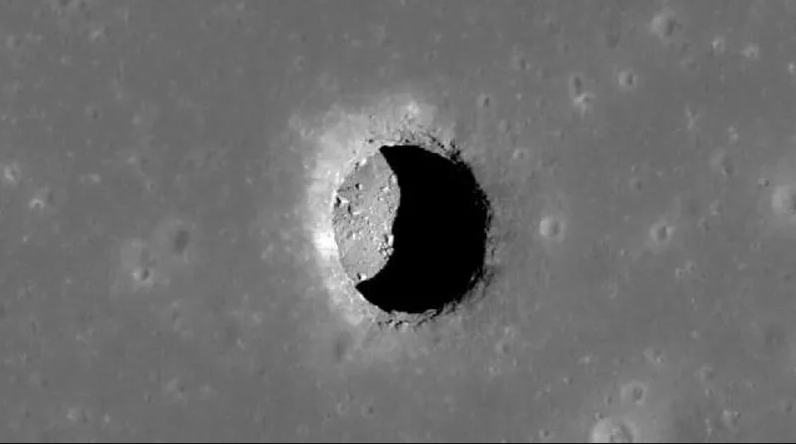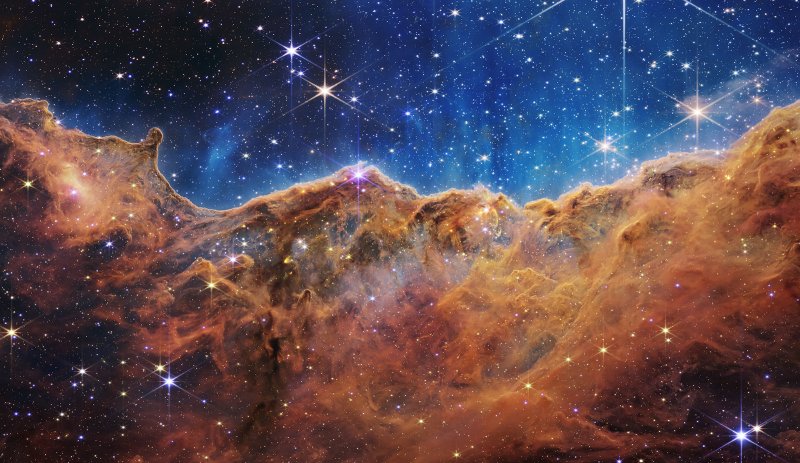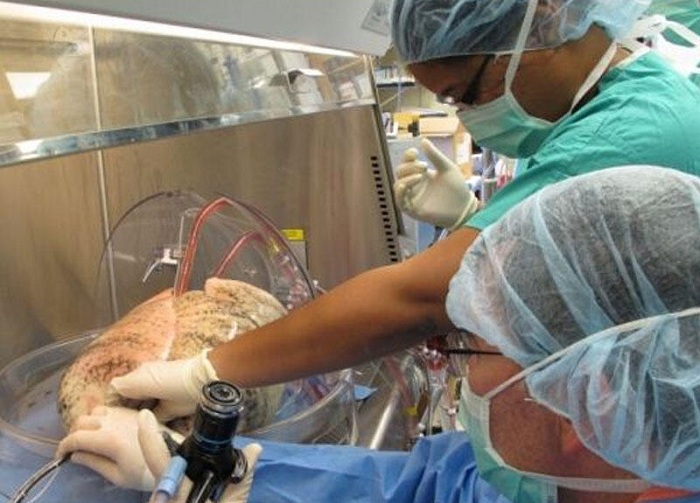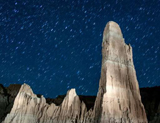
- A-
- A
- A+
“Spectacular” meteor showers to light up the sky
The Perseid meteor shower -- an annual display of natural fireworks -- should be particularly spectacular this year, with extra-dark skies expected to create optimal stargazing conditions, astronomers said Friday.
In a lucky development, the Moon's glow will not interfere with meteor-watching, as it will be approaching its darkest or "new" phase, experts say.
"It's going to be a spectacular show this year," astronomer Morgan Hollis of the Royal Astronomical Society told AFP. "You'll be able to a see a lot more than normal."
The mid-July to mid-August light show comes from the tail of comet Swift-Tuttle, which swings around the Solar System every 130 years or so, depositing debris in Earth's orbit as it nears the Sun.
As Earth races around the Sun, these grains smash into the atmosphere at about 60 kilometres (37 miles) per second, burning up in flashes of light.
Occasionally, longer and brighter streaks are seen, from pea- or marble-sized comet remnants.
The showers -- named after the constellation of Perseus from which they appear to fly out -- peak when Earth passes through the heart of the debris field.
The Perseids are also known as the "tears of St. Lawrence" in honour of a martyred Christian saint. He was an early deacon, Laurentius, tortured to death by the Romans in AD 258, and whose saint's day of August 10 coincides with the Perseids buildup.
Unlike some celestial events, one doesn't need special technology to watch the Perseids unfold. It is best to find a wide open space away from tall buildings or trees, and with as little artificial light as possible.
"The more of the sky you can see the better," said astronomer Affelia Wibisono from the Royal Observatory Greenwich. "You don't need any binoculars or telescopes. It's actually better if you use your eyes."
The only equipment she suggested was a nice comfy chair from which to watch the show, and some warm clothes.
Similar News
Links


 Elm TV
Elm TV
 Photo
Photo
 Video
Video
